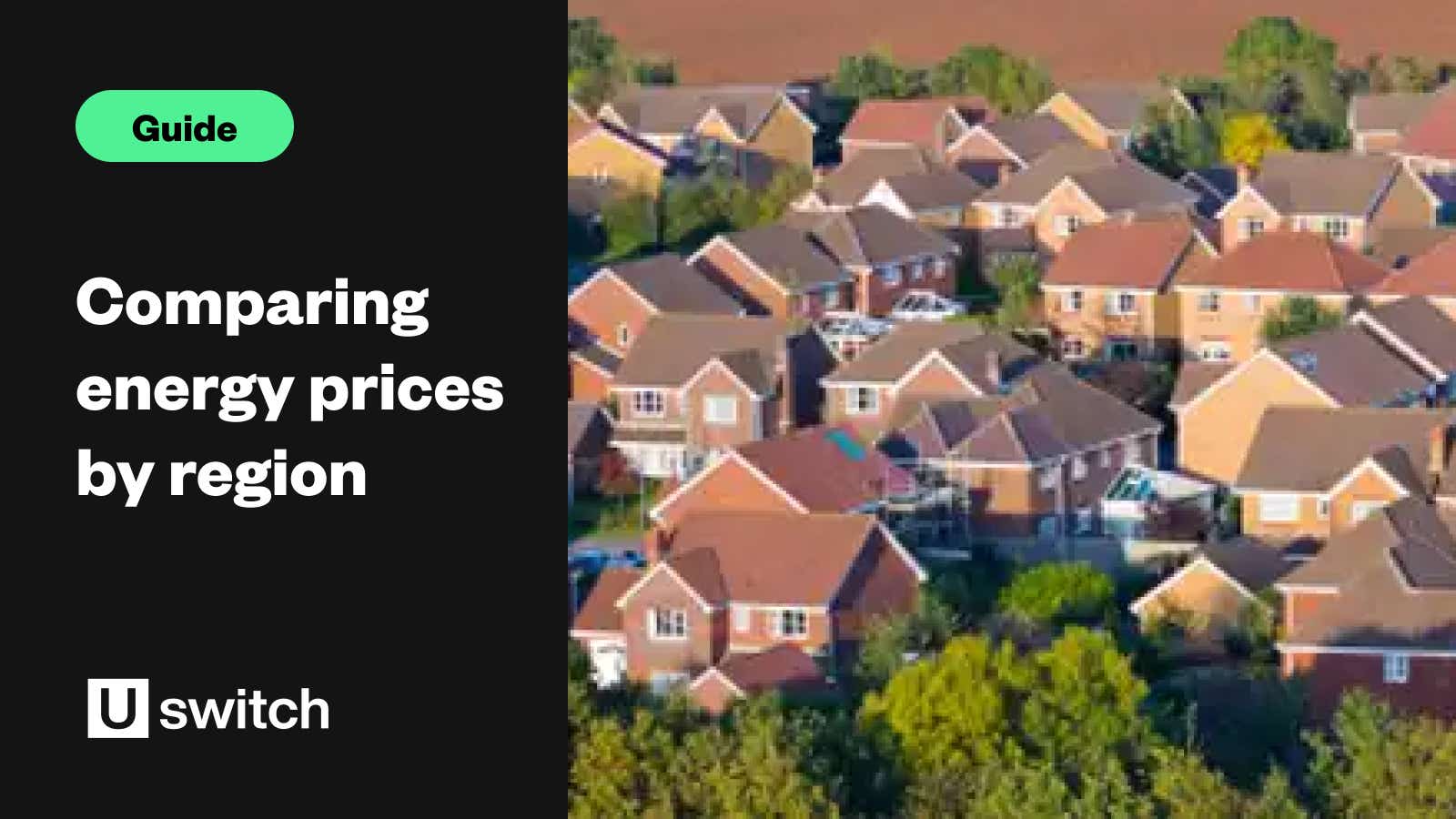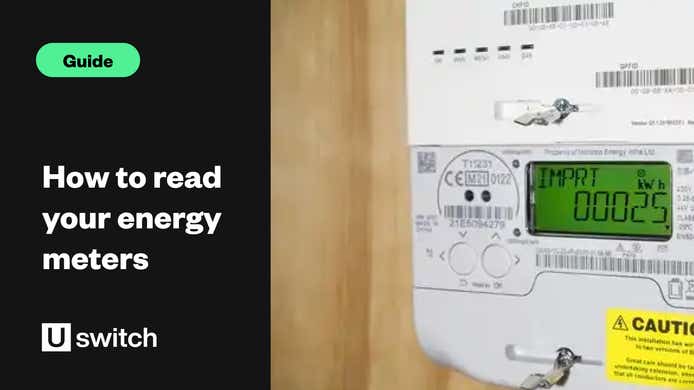Why do energy prices vary by region?
There are four key reasons why energy prices vary by region.
1. The number of customers the energy company has in your area
The first reason, quite simply, comes down to supply and demand. If there are relatively few people in your area, then the per-unit cost is driven up. On the flipside, if the energy company knows they'll be serving lots of customers, then they can bulk buy from generators to serve a densely populated area. This means the cost per unit in these areas tend to be a little lower (see point number two for more explanation).
2. The amount of energy the supplier buys from generators in your area
To provide you with power, energy companies buy energy from generators. These purchases are made in advance, based on predictions about demand; so, if they need to supply more at short notice, for instance, it can drive overall costs up.
3. The different charges imposed on the energy supplier by your area's distribution network
Local distribution networks help distribute most of the energy that powers homes and businesses in Britain. Energy suppliers pay these local distribution networks a fee for using their services.
4. Energy usage by customers in your area
In regions where it gets colder — for instance in North Scotland - customers on average use more of their electricity for heating purposes than they do in the rest of the country. The network distributing the energy factors this into their costs, and explains to some degree why North Scotland has some of the highest electricity distribution costs.
What do energy prices consist of?
You energy bill may be divided between electricity and gas, but there are other costs that go into your bill, too. Wholesale gas and electricity is the majority of your bill, making up about 40% of the overall cost. The next-largest factor is network costs (the costs of distributing the energy), and the rest is operating costs (your supplier's overhead), VAT, and your supplier's markup. Finally, there are costs relating to green energy subsidies that energy companies are required to pay by the government.
Therefore, if you are seeing an increase in your energy bills, the largest single factor will be the wholesale cost of gas and electricity, followed by the cost of distributing it. However, energy companies in Britain are run as private corporations and can raise prices whenever they want.
Which regions are most expensive?
Electricity and gas bills in Britain vary between regions, even if you have the exact same circumstances and use the exact same amount of energy as another household. For instance, as far as prices from October 2024 are concerned, the most expensive average electricity bill is found in London, while those in the Northern region pay the least for electricity on average.
The additional costs per region reflect the different network costs associated with that part of the country.
What is the cost of electricity by region?
The typical household's electricity bills from around the country can differ from region to region.
From 1 October to 31 December 2024, the price cap is set at £1,717. That means that regional unit rates and standing charges look like this:
| Region | Gas unit rate per kWh (October 2024 to January 2025) | Gas daily standing charge (October 2024 to January 2025) | Electricity unit rate per kWh (October 2024 to January 2025) | Electricity daily standing charge (October 2024 to January 2025) |
|---|---|---|---|---|
| Eastern | 6.16p | 31.43p | 25.21p | 50.84p |
| East Midlands | 6.10p | 31.49p | 23.77p | 56.90p |
| London | 6.31p | 32.00p | 25.69p | 41.59p |
| Midlands | 6.20p | 31.67p | 23.83p | 63.62p |
| Northern | 6.22p | 31.74p | 23.19p | 72.10p |
| Northern Scotland | 6.16p | 31.76p | 24.96p | 61.98p |
| North West | 6.16p | 31.76p | 25.01p | 52.04p |
| North Wales & Mersey | 6.21p | 31.92p | 25.39p | 67.89p |
| Southern | 6.32p | 31.30p | 24.62p | 64.28p |
| South East | 6.17p | 31.39p | 25.24p | 57.84p |
| Southern Scotland | 6.16p | 31.80p | 23.96p | 64.17p |
| South Wales | 6.45p | 31.83p | 24.49p | 64.12p |
| Southern Western | 6.52p | 31.40p | 24.18p | 68.12p |
| Yorkshire | 6.21p | 31.73p | 23.51p | 68.32p |
From 1 January to 31 March 2025, the price cap will be set at £1,738. That means that regional unit rates and standing charges will look like this:
| Region | Gas unit rate per kWh (January to April 2025) | Gas daily standing charge (January to April 2025) | Electricity unit rate per kWh (January to April 2025) | Electricity daily standing charge (January to April 2025) |
|---|---|---|---|---|
| Eastern | 6.26p | 31.43p | 25.57p | 50.84p |
| East Midlands | 6.19p | 31.48p | 24.12p | 56.89p |
| London | 6.41p | 31.99p | 26.06p | 41.57p |
| Midlands | 6.30p | 31.67p | 24.19p | 63.60p |
| Northern | 6.32p | 31.73p | 23.51p | 72.09p |
| Northern Scotland | 6.25p | 31.75p | 25.28p | 61.97p |
| North West | 6.26p | 31.75p | 25.36p | 52.03p |
| North Wales & Mersey | 6.31p | 31.91p | 25.76p | 67.88p |
| Southern | 6.42p | 31.30p | 24.98p | 64.27p |
| South East | 6.27p | 31.38p | 25.60p | 57.83p |
| Southern Scotland | 6.25p | 31.78p | 24.31p | 64.16p |
| South Wales | 6.54p | 31.82p | 24.85p | 64.10p |
| Southern Western | 6.62p | 31.39p | 24.53p | 68.11p |
| Yorkshire | 6.31p | 31.72p | 23.86p | 68.30p |
What is the cost of gas by region?
When comparing gas bills for households buying energy from the largest six suppliers in the country, the gas unit rates differ very slightly from region to region. You can see how the gas rates look by region in the table above.
As of October 2024 under the energy price cap, the Southern Western region has the highest average gas unit rate, paying 6.52p per kWh on average.
How can I keep energy bill costs down?
One of the best ways to keep your energy costs down is to use less energy, and there are ways you can save without resorting to wearing a winter jacket to bed.
When it comes to reducing your energy use, make sure you do the simple things first. Ensure all your light bulbs are energy saving, check for draughts around windows and doors, and turn your thermostat down one degree. Discover more energy-saving tips in our energy-saving guides.
Next, look into home insulation to save on energy usage — and energy costs. You should also make sure you take advantage of any government grants and programmes available to you. If you are receiving a pension, for example, you may be entitled to the Warm Home Discount.
A really simple way to reduce the cost of your energy bill is to make sure you are on the cheapest tariff. Be sure to compare energy prices regularly and see if your plan is the cheapest available. Energy suppliers have a range of tariffs offering dual fuel discounts, discounts for paying by Direct Debit and discounts for managing your account online.
Similarly, different suppliers offer different rates, even in the same area. It doesn’t pay to be loyal when it comes your energy supply — competition is what ensures that energy suppliers don't charge customers too much for their bill.
If you're interested in comparing energy prices, enter your postcode below to see which deals are available in your region.




